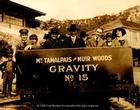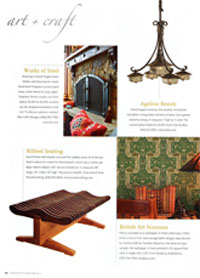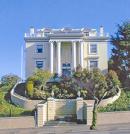Our New Woodturner
 Recently our wonderful woodturner Bob Haas, who was with us for 20 years, retired. After a search and interview with shops around California we found Philip Nereo. His shop is nestled in Sonoma County. I recently made a visit to see his shop an hour out of Berkeley and 5 miles from the nearest town. His shop has been in a Barn since 1975.
Recently our wonderful woodturner Bob Haas, who was with us for 20 years, retired. After a search and interview with shops around California we found Philip Nereo. His shop is nestled in Sonoma County. I recently made a visit to see his shop an hour out of Berkeley and 5 miles from the nearest town. His shop has been in a Barn since 1975.
Philip and his crew are famous for building curving wooden staircases all over America. He lives next to his shop in a beautiful old farm house with a garden. His commute is an enviable 100 paces to the Barn. With a 360 degree view around the shop, vineyards and grass oak woodlands stretch for miles. Philip graduated in art and scluptue at sonoma state before launching his career from woodwork from this very shop. We are lucky he has taken on a project like ours making our wooden lamp posts. Here are a few photos of his shop and surroundings.























